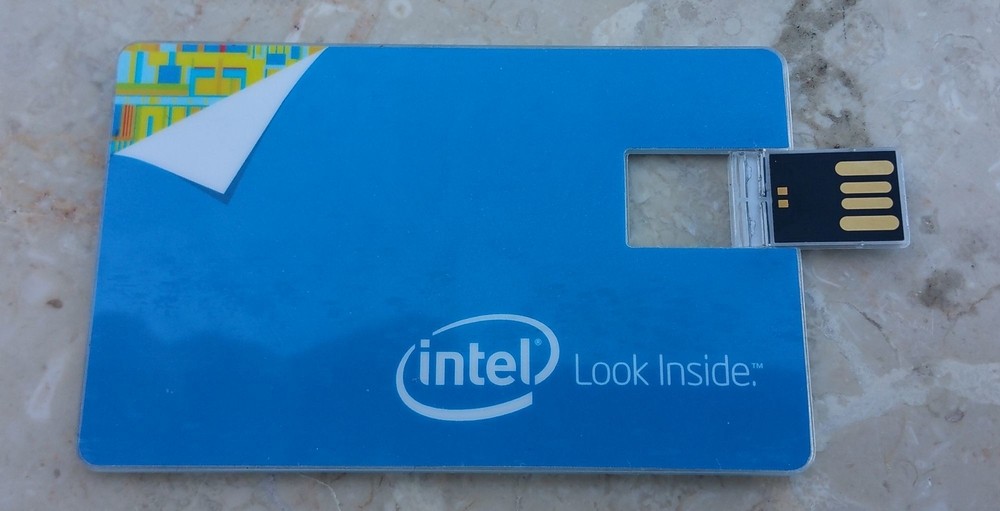

The PCIExpress card is of the small format type. This product consists of the PCIExpress card, a Quick Install Guide and a CD containing the required USB 3.0 driver and an electronic version of the User Manual. I have been checking out the PCIExpress product. If you need to upgrade a desktop system to USB 3.0 then you will need to go for the PCIExpress product while those planning to upgrade a laptop will require the ExpressCard solution. In fact Freecom offers a choice of solutions aimed at the desktop or portable laptop systems. One company with a possible solution is Freecom. While new computer models, whether of the desktop, notebook or netbook variety, have the USB 3.0 capability built in, those users with older systems, such as the one I am currently typing this review, will need to add this faster technology with a USB 3.0 controller if they want to the speed increase. Products are now beginning to appear supporting this new standard with hard drives, in particular, being keen to take advantage of this substantial speed increased. This standard raised the data exchange rate bar to 5 Gbp/s, decreased power consumption and increased power output while maintaining backward compatibility with USB 2.0 devices.

We had to wait for a further seven years before the USB 3.0 standard was published onthe 12th November 2008. This version promised a data exchange rate of 12 Mbits/s when high speed devices, such as disk drives, were used but would cut back to its original data exchange rate for legacy devices and those with low bandwidth.ĭriven by companies such as Intel, Hewlett-Packard, NEC and Philips, the arrival of the USB 2.0 standard in 2001 increased the previous data exchange rate to 480 Mbits/s for new products and backward compatibility for legacy devices. Moving forward to September 1998 saw the arrival of version 1.1 which helped speed up the uptake of the technology. This technology, which initially promised the ability to daisy-chain units but failed to deliver this feature, in its various guises has appeared in approximately 6 billion devices sold to date since it was first introduced in January 1996 with a transfer rate of 1.5 Mbits/s.

By far the most common method of attaching peripherals to a Windows computer is through the use of USB connectivity.


 0 kommentar(er)
0 kommentar(er)
